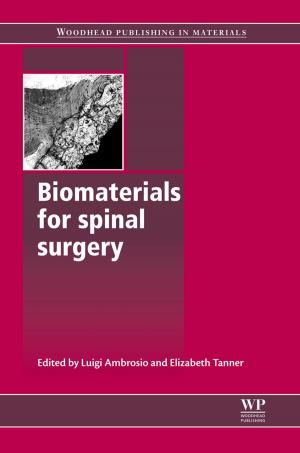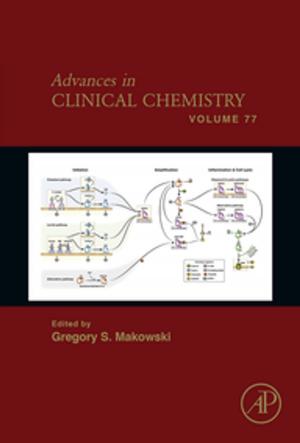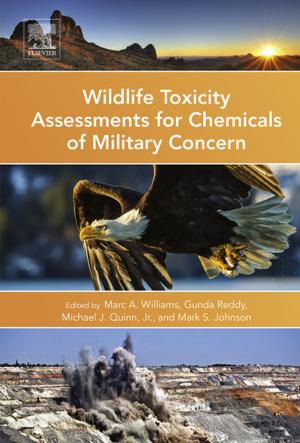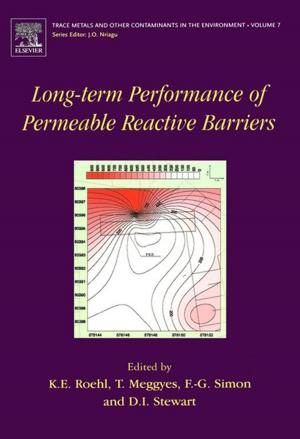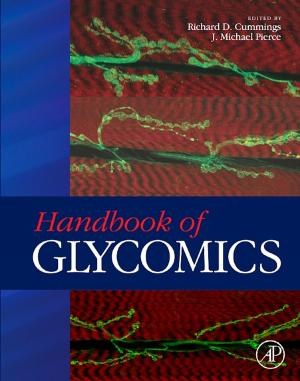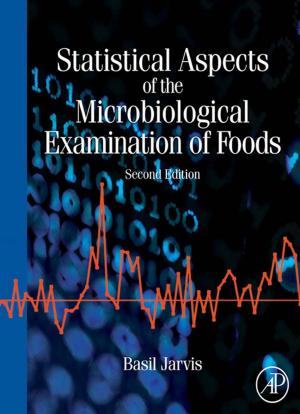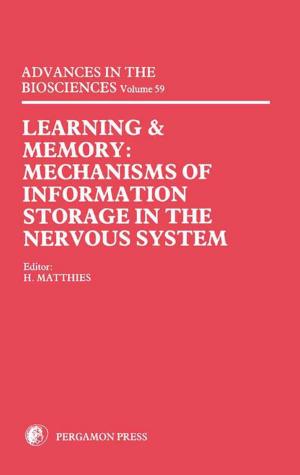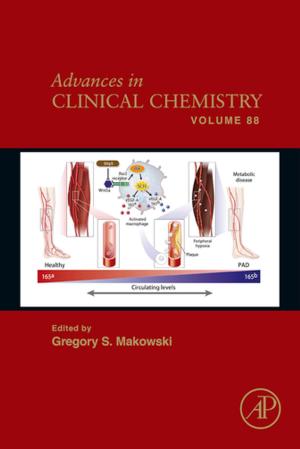Biogeochemistry of Trace Elements in the Rhizosphere
Nonfiction, Science & Nature, Science, Biological Sciences, Ecology, Technology, Agriculture & Animal Husbandry| Author: | ISBN: | 9780080457673 | |
| Publisher: | Elsevier Science | Publication: | August 11, 2011 |
| Imprint: | Elsevier Science | Language: | English |
| Author: | |
| ISBN: | 9780080457673 |
| Publisher: | Elsevier Science |
| Publication: | August 11, 2011 |
| Imprint: | Elsevier Science |
| Language: | English |
The rhizosphere in soil environments refers to the narrow zone of soil influenced by the root and exudates. Microbial populations in the rhizosphere can be 10 - 100 times larger than the populations in the bulk soil. Therefore, the rhizosphere is bathed in root exudates and microbial metabolites and the chemistry and biology at the soil-root interface is governed by biotic (plant roots, microbes) and abiotic (physical and chemical) interactions.
The research on biotic and abiotic interactions in the rhizosphere should, thus, be an issue of intense interest for years to come. This book, which consists of 15 chapters, addresses a variety of issues on fundamentals of microscopic levels and the impact on food chain contamination and the terrestrial ecosystem.
It is an essential reference work for chemists and biologists studying environmental systems, as well as earth, soil and environmental scientists.
* 15 chapter book, which addresses a variety of issues on fundamentals of microscopic levels and the impact on food chain contamination and the terrestrial ecosystem
The rhizosphere in soil environments refers to the narrow zone of soil influenced by the root and exudates. Microbial populations in the rhizosphere can be 10 - 100 times larger than the populations in the bulk soil. Therefore, the rhizosphere is bathed in root exudates and microbial metabolites and the chemistry and biology at the soil-root interface is governed by biotic (plant roots, microbes) and abiotic (physical and chemical) interactions.
The research on biotic and abiotic interactions in the rhizosphere should, thus, be an issue of intense interest for years to come. This book, which consists of 15 chapters, addresses a variety of issues on fundamentals of microscopic levels and the impact on food chain contamination and the terrestrial ecosystem.
It is an essential reference work for chemists and biologists studying environmental systems, as well as earth, soil and environmental scientists.
* 15 chapter book, which addresses a variety of issues on fundamentals of microscopic levels and the impact on food chain contamination and the terrestrial ecosystem

